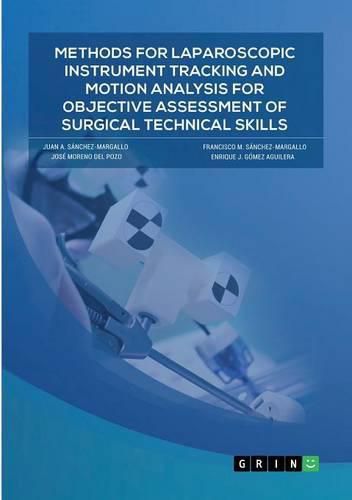Doctoral Thesis / Dissertation from the year 2014 in the subject Medicine - Biomedical Engineering, grade: Excellent cum laude , language: English, abstract: Minimally invasive surgery (MIS) has become in many surgical specialties and procedures the gold-standard choice due to its efficiency and benefits towards patient safety. However, the introduction of laparoscopic surgery has led to the need of developing new surgical skills different to those required for open surgery, with a significant learning curve to perform a safe laparoscopic surgery. Traditional subjective assessment methods of trainees are no longer adequate for surgical training. Reduced working hours as well as demands from surgeons and associations mean that more objective assessment tools that can accredit surgeons as technically competent are required. Evidence exists to validate motion analysis for laparoscopic technical skills assessment. Motion analysis of the laparoscopic instruments seeks to determine aspects that indicate the difference between surgeon’s level of surgical dexterity. However, at the moment there is not an extended method to be used with current available training systems used in training laboratories as well as for the OR. The purpose of this book is to present the design, development and validation of three novel motion analysis methods focused on the use of real laparoscopic instruments during laparoscopic performance. These methods are based on computer vision techniques attempting to not interfere with the surgical practice. They are introduced in an evolutionary way from methods for exclusive use in a box trainer to solutions with the potential of being used in actual OR setting. Overall, this work corroborates the research hypothesis regarding the use of three different video-based tracking technologies for motion analysis of laparoscopic instruments, the use of instrument motion analysis for MIS technical skills assessment and the relationship between motion-relat





